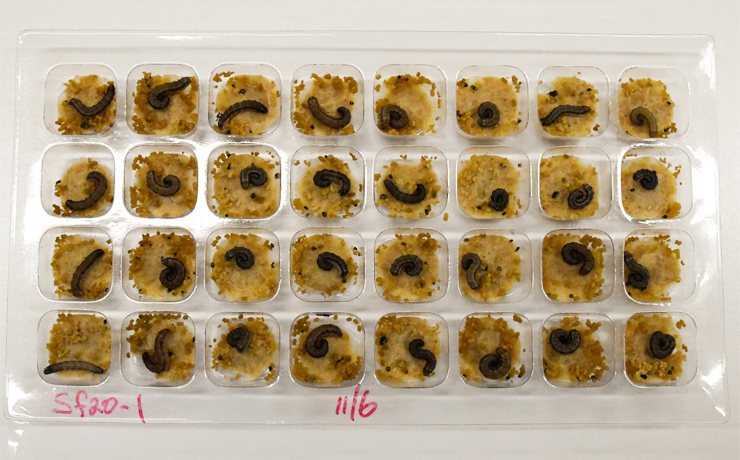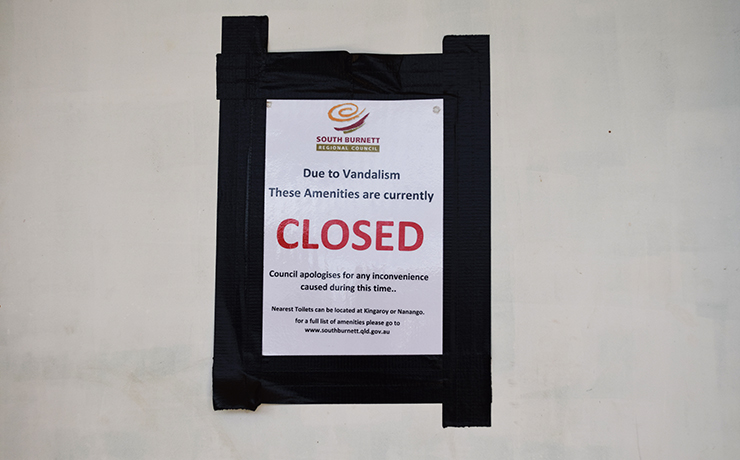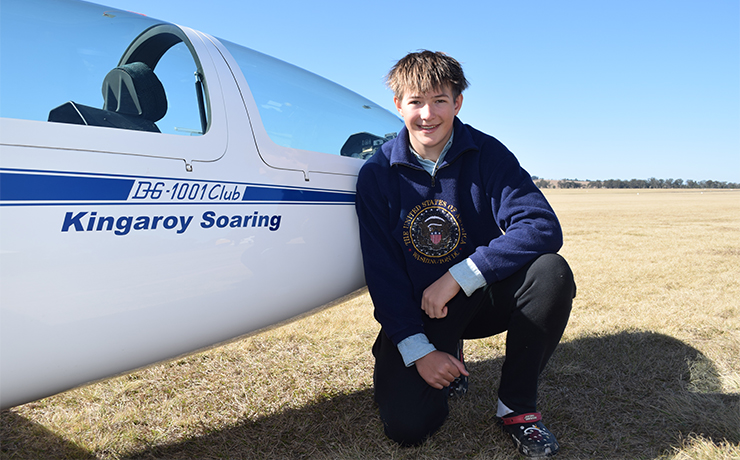
July 13, 2020
The CSIRO is leading a research project to understand and manage fall armyworm, an agricultural pest first detected in Australia earlier this year.
Fall armyworm (FAW) has been spreading quickly around the world and is now threatening crop production across south-east Asia and Oceania.
Fall armyworm was first detected on two Torres Strait islands in January.
Since then it has been found at several locations in North Queensland – including Bamaga, South Johnstone and Tolga – as well as in the Burdekin and at Bowen, Bundaberg, Emerald, the Northern Territory and northern Western Australia.
The CSIRO project will study the pest moth’s genetic make-up and insecticide sensitivities to help develop effective pest management plans.
CSIRO researcher and project leader Dr Wee Tek Tay said FAW was capable of damaging various crops, including maize, sorghum, cotton, ginger and sugarcane.
“This particular species of armyworm has developed resistance to commonly used insecticides in other parts of the world, making management more difficult,” Dr Tay said.
“It has spread rapidly since the first reported detection in Africa in 2016, across Asia and Africa and to Australia in early 2020, potentially carrying new insecticide resistance or feeding traits.
“The resistance status of the current incursion, potential for resistance to develop over time and the ongoing migration of FAW into Australia and the region may present significant challenges to agricultural industries.
“The more we know about this armyworm, its genetics and its response to insecticides, the better we can plan for effective management and eradication strategies.”
The project is being co-funded by the Australian Centre for International Agricultural Research (ACIAR), Grains Research and Development Corporation (GRDC), Cotton Research and Development Corporation (CRDC), FMC Australasia and Corteva Agriscience.
It involves partner organisations in Indonesia, Vietnam, Laos, Myanmar, Cambodia, Philippines, Malaysia and Uganda.
Historically, the pest has been classified as either rice-preferred or corn-preferred Fall Armyworm.
However, recent genomic studies confirmed the presence of hybrids in both native and invasive ranges, leading to gaps in understanding of host crop preferences, especially in invasive populations.
Related articles:
- Pest Moth In Bundaberg
- Fall Armyworm Moves Southwards
- Pest Moth Spreads In NQ
- Pest Moth Found In Torres Strait
























